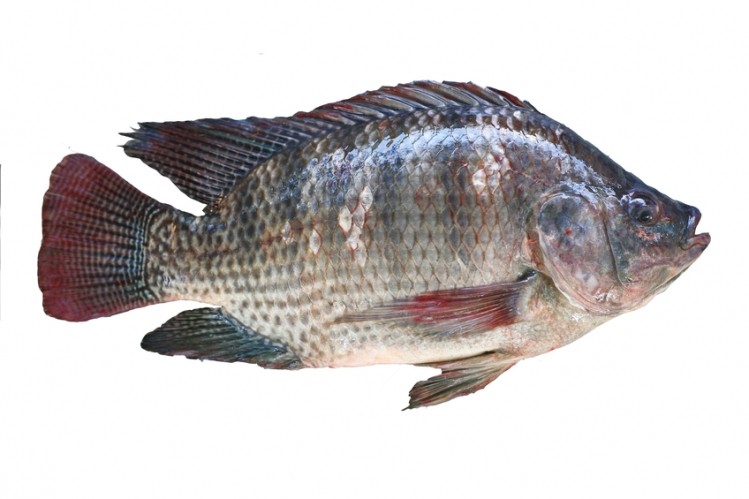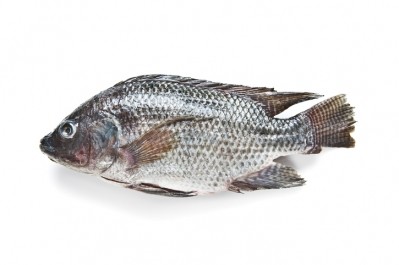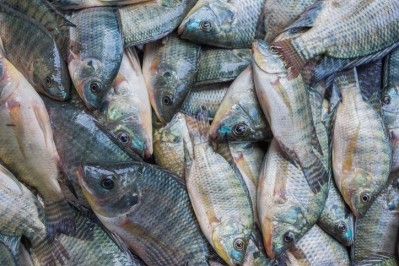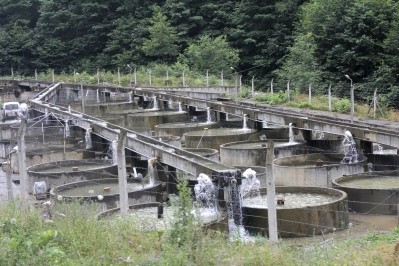Is access to genetically improved fish breeds an issue?
Animal nutrition and breeding company, EW Group, acquires Norwegian tilapia genetics player

The move follows the deal AquaGen, part of the EW Group, struck in April last year to acquire Brazilian tilapia genetics company, Aquabel.
The German operation said those two deals form the basis of a genetics and distribution network serving the major production centers in the Americas and South East Asia and will help it support ways to overcome challenges in the development of tilapia production.
Feed conversion efficiency
Odd Magne Rødseth, group director, aquaculture, at the EW Group told us: "Infectious diseases are the major causes of mortality and economic losses in the global tilapia culture industry, and represent probably the most important factor impacting the future development of the industry. To make available leading genetics and genomics science and technology to meet existing and future challenges concerning animal health and feed conversion efficiencies will undoubtedly be [the] success criteria for the tilapia industry going forward."
He said that during the last 10 years, major progress has been made in aquaculture genetics and, particularly, in genomics for a few high value fish and shellfish species.
"The EW Group has been a major driver in investment in research and development for the implementation of new technologies in aquaculture breeding.
"New knowledge has been generated, and relevant technology platforms developed and adapted to aquaculture, especially in genetic improvement of animal welfare/disease resistance traits by use of genetic markers, which has made a major contribution to increase survivability and improved biological feed conversion in the salmon industry," added Magne Rødseth.
Tilapia strain
GenoMar Genetics is a part of the Norway Fresh Group and owns the GenoMar supreme tilapia (GST) strain. It is based in Oslo, Norway but has operations in the Philippines.
The ownership of that strain came about when GenoMar Genetics invested in a long-term selection program to improve farmed tilapia – the Genetic Improvement of Farmed Tilapias (GIFT).
The GIFT program was a collaborative research and development undertaking conducted by the WorldFish Center and its partners from the Philippines and Norway, aimed at developing methodologies for the genetic improvement of tropical finfish of aquaculture importance.
A report from 2010 concluded there is no doubt that the GIFT project has had an impact worldwide, with both the technology and the genetically improved fish having been widely distributed.
But the authors questioned GenoMar Genetics' acquisition of the commercial rights to the GIFT strain, saying: “It may be argued that access to the genetically improved fish breeds needs to be kept available to the public, to benefit those who need it most. Otherwise, the advances made, the improvements in productivity, will be available only to those who can afford them, together with the associated inputs such as specialized feed.
“This could endanger the livelihoods of the millions of people in countries such as the Philippines who rely on aquaculture. If public access to breeds such as the improved tilapia can be maintained, then these livelihoods may continue to flourish.”
Reacting, Magne Rødseth said the EW Group investigated the content of the report and talked with different central persons involved in the negotiations both from the GIFT program and from Gernomar AS. "We have full confidence that the information we have received from the founder of Genomar, Dr Oystein Lie, and the director of the Gift Foundation International Inc, Dr Ambekar Eknath, is correct and [that it] documents the intention and spirit of the agreement, and that the agreement between GFII and Genomar is non-exclusive and has, in no way, limited others to utilize the genetic fundament created by the GIFT project," he added.
Tilapia trend
In February, a joint venture involving Dutch feed group, De Heus, announced the opening of its first fish feed factory in Egypt, on the basis of growing tilapia production there.
The alliance, Koudijs Kapo Feed, includes De Heus and the feeds raw material importer, Kapo for Agricultural Projects; it has been producing a range of feeds and concentrates for the poultry, duck and cattle sectors since 2003. Now the JV is entering the fish feed game with a new factory.
The growth of fish farming in Egypt, in general, was the key driver for the build:
“Egypt is one of the top aquaculture producers in the world. It alone produces more than 1.2m tons of farmed fish per year and is in the top five tilapia producers globally, the Egyptian aquaculture sector’s market value is over USD$1.5bn,” Yasmine Kamar, Koudijs Kapo fish feed plant project manager, told us.
Highly traded, fairly easy to farm, sturdy with good disease resistance and requiring only a plant based diet, tilapia is the aquaculture industry’s version of poultry, according to Rabobank.
Frozen tilapia exports are dominated by China, while Indonesia and Latin American countries such as Honduras, Costa Rica, Ecuador and Colombia are successful exporters of fresh fillets. The US is the main importer.
In a report produced last August, the Dutch bank said tilapia is now the largest aquaculture industry in Brazil and one with a particularly bright future.
Rabobank predicted tilapia production to jump by 10% a year there, surpassing 490,000 tons by 2020. That would place Brazil as the fourth largest tilapia producer globally then, after China, Indonesia and Egypt.
The report said one of the main reasons for the growth trend in the tilapia sector has been associated with its low feed conversion ratio (FCR), which is around 1.4 compared to the FCR of 1.8 for poultry in Brazil.
The review noted locally produced tilapia could be a cost-competitive protein; due to its low capital requirement and limited technology input, small and medium size farmers in Brazil can generate a 20% profit margin on rearing such a species.
This article was republished on 3 March 2017 in order to include the comments of Odd Magne Rødseth, group director, aquaculture, at the EW Group.








